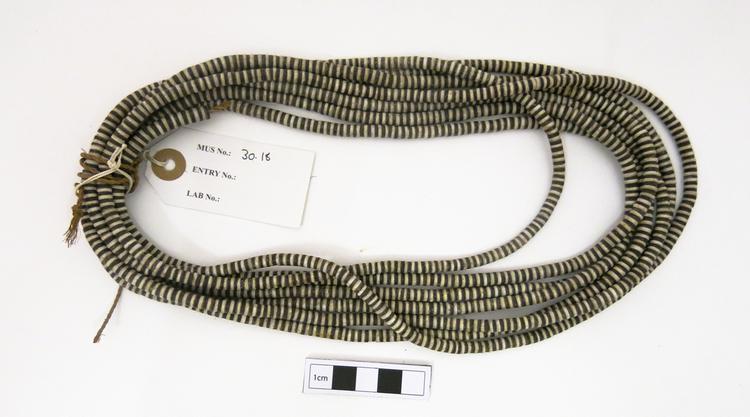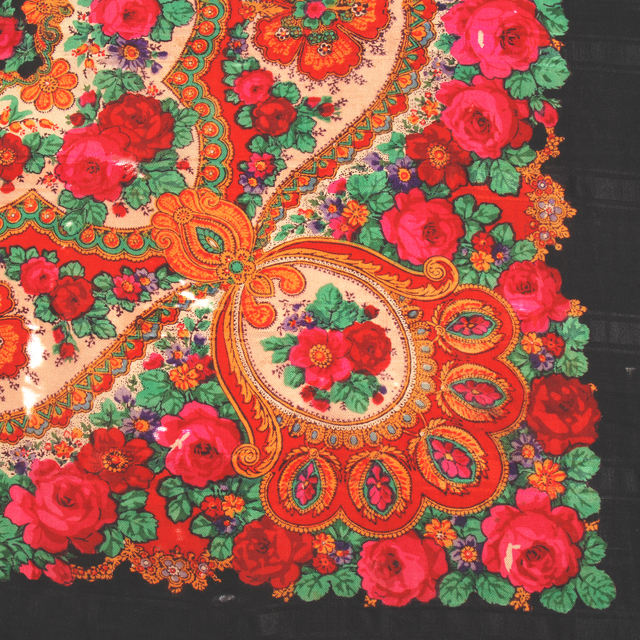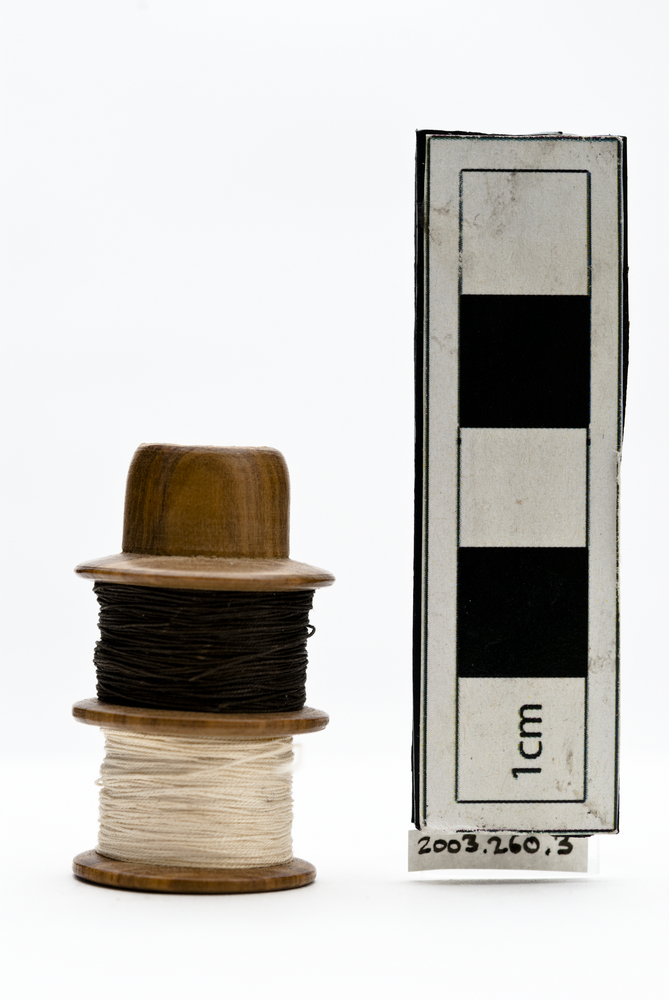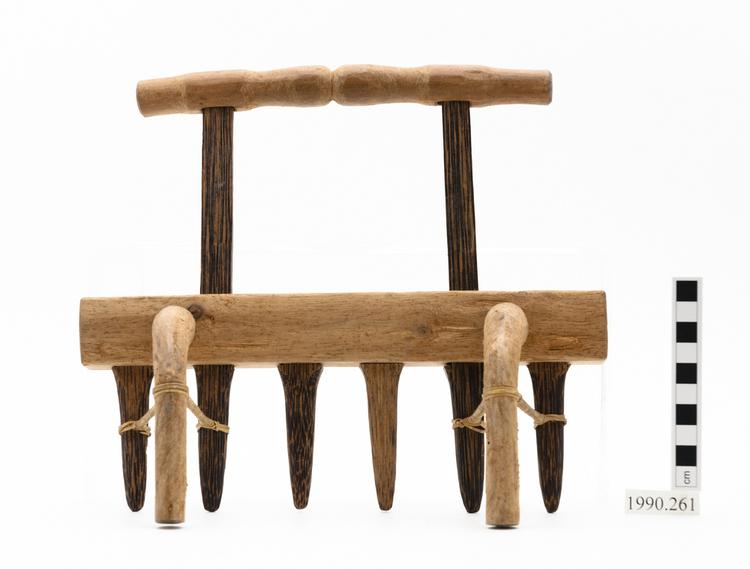Model paddle.
This toy seal was made from genuine sealskin and is symbolic of the vital role that seals played in the traditional lifestyle of Inuits. Probably made to sell to tourists. How is it used? When a seal was killed every part of it was used. The flesh was eaten, the fat was used for oil, the bones used to make tools and the skins used to make blankets, kayaks, tents, clothing and footwear. Some skins were also traded. Who is it used by and why them? Inuit people leading a traditional hunting life in the arctic circle area depended on the seal for survival. Sealskin meat and organs were a very good source of proteins, vitamins and minerals. Sealskin clothing gave them excellent protection from the cold and wet. Without the seal, life in the harsh conditions of the arctic circle would have been almost impossible Inuit is used as a name for indigenous peoples who live within the arctic circle and were previously called Eskimos. The term Eskimo was not chosen by the Inuit themselves most of whom now prefer to be known as Inuit, but there is still no total agreement on their name. Inuits live in Canada, Alaska and Greenland and so have different nationalities. Although they are share a common culture few of them now live a completely traditional lifestyle. In the past they were living in very isolated places and in harsh conditions so they had to be totally self sufficient, relying on land and sea animals, driftwood and soapstone to provide all their needs. They ate mostly seal meat and used the skins to make clothing and shelter. Both men and women wore Parka (anorak) jackets made from animal skin, sometimes Caribou but sealskin was preferred because it weighed less and had more oil in it which meant it was more water resistant. The woman’s jacket called ‘Amouti’ was longer, with flaps at the front and back. As women spent much of their time sitting to prepare food and make clothing the long back flap was used as a sort of cushion. The woman’s jacket also differed from the man’s because it had a larger hood to protect the baby, carried on her back, against the cold wind. Men, who spent most of their time hunting had shorter jackets for easier movement and the hoods were tighter fitting so as not to block their field of view. At the coldest time of year Inuits wore two layers of clothing. The inside layer was worn with the fur against their skin and the outer layer with the fur on the outside, this also included their boots and mittens. Boots, called Kamik, were made from dressed skin which means that all the fur had been scraped off. The skin of younger seals was used for the legs of the boots but the soles were made from older sealskin because it was thicker.






